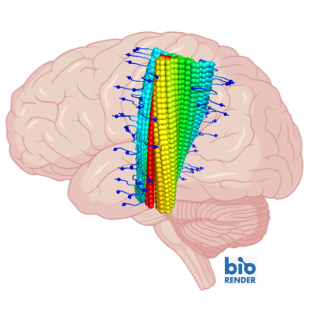
Super reef-building microalgae found across the world’s oceans
The micro-alga Symbiodinium, the main source of energy for the construction of coral reefs, which are home to more than a third of marine biodiversity, is found outside reefs in the world's main oceans (Atlantic, Pacific, Indian)1 in two forms: a free form, floating in planktonic surface waters, and a symbiotic form living in particular within a single-celled organism2 . The findings were made by a team from the Tara Oceans GO-SEE3 research network, mainly involving scientists from CNRS, CEA, King Abdullah University of Science and Technology (Saudi Arabia) and the University of Auckland (New Zealand), and are published on 8 November 2018 in Current Biology.
- 1No trace of Symbiodinium was found in the polar oceans (Arctic and Antarctic).
- 2See press release Quand la symbiose corallienne prend le large
- 3The GO-SEE (Global Ocean Systems Ecology & Evolution) research network is under the supervision of CNRS, CEA, Fondation Tara Expéditions, Sorbonne University, PSL, INSERM, ENS Paris, IRD, EPHE, Université d'Évry-Val-d'Essonne, Université Paris-Saclay, UPVD, AMU, University of Toulon, École Centrale de Nantes, University of Nantes, UGA, EMBL and the Faculty of Physical and Mathematical Sciences of the University of Chile.
To obtain these results, the scientists investigated the presence, diversity and activity of Symbiodinium among the billions of DNA and RNA sequences collected from more than 100 pelagic and reef stations during the Tara Oceans expedition. They also analysed the Tara Oceans gene catalogue, which contains 116 million eukaryotic genes as well as their level of expression in the oceans. Several genes for Symbiodinium metabolism were detected, including those involved in photosynthesis, lipid metabolism, glycolysis and nitrogen uptake.
Most of the known Symbiodinium genetic groups (or clades4 ) in coral reefs were detected in the plankton, with the A and C clades predominating. The dominance in the oceans of the A clade, which is the most ancient, supports the hypothesis that this microalga first appeared in the oceans about 160 million years ago, before colonizing coastal ecosystems in symbiosis with invertebrates. It remains to be seen whether these pelagic Symbiodinium can re-establish symbiotic partnerships within coral reefs after travelling across the oceans. If this is the case, the ocean could serve as a gigantic reservoir and source of genetic mixing of Symbiodinium cells that could at any moment repopulate reef ecosystems threatened by climate change.
- 4A clade is a phylogenetic group with a common ancestor.
Worldwide occurrence and activity of the reef-building coral symbiont Symbiodinium in the open ocean, Johan Decelle, Quentin Carradec, Xavier Pochon, Nicolas Henry, Sarah Romac, Frédéric Mahé, Micah Dunthorn, Artem Kourlaiev, Christian R. Voolstra, Patrick Wincker, Colomban de Vargas, Current Biology, 8 November 2018
https://doi.org/10.1016/j.cub.2018.09.024

